All-on-6
All-on-Six Technique: A Permanent and Comprehensive Solution for Edentulous Patients
Tooth loss can lead to serious aesthetic and functional issues. While traditional dentures may cause discomfort over time, modern dentistry offers advanced solutions such as the All-on-Six technique — a reliable and lasting option for patients without teeth. So, what is the All-on-Six technique, how is it performed, and what are its advantages? Here’s everything you need to know about this innovative treatment method.
What Is the All-on-Six Technique?
The All-on-Six technique is a dental implant solution designed for patients with complete tooth loss. It involves placing six dental implants into the jawbone to support a full fixed prosthesis. Compared to traditional dentures or implant treatments requiring more extensive procedures, All-on-Six offers enhanced stability and support with fewer implants.
- Implant Planning and Placement:
- Six strategically positioned implants are inserted into the jawbone — typically four in the front and two in the back at an angle — to ensure maximum bone contact and support.
- This placement method evenly distributes biting forces and provides a stable foundation for the prosthesis.
- Improved Stability and Function:
- The angled posterior implants increase contact with the bone, enhancing the overall support and reducing the need for additional procedures such as bone grafting.
- Full-Arch Prosthetic Restoration:
- A fixed full-arch prosthesis is attached to the implants, restoring the patient’s ability to chew, speak, and smile with confidence.
- The prosthesis mimics natural teeth in both function and appearance.
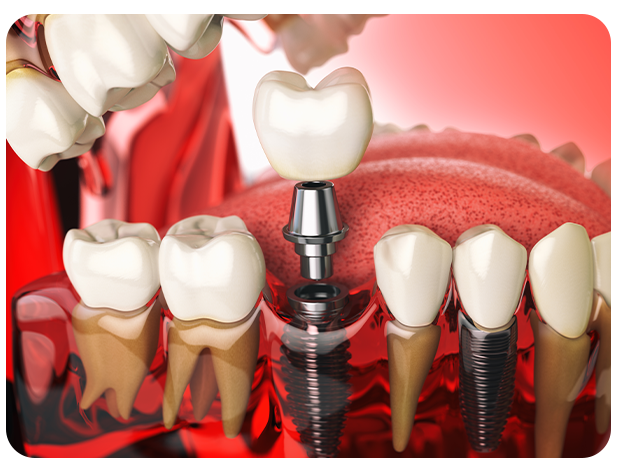
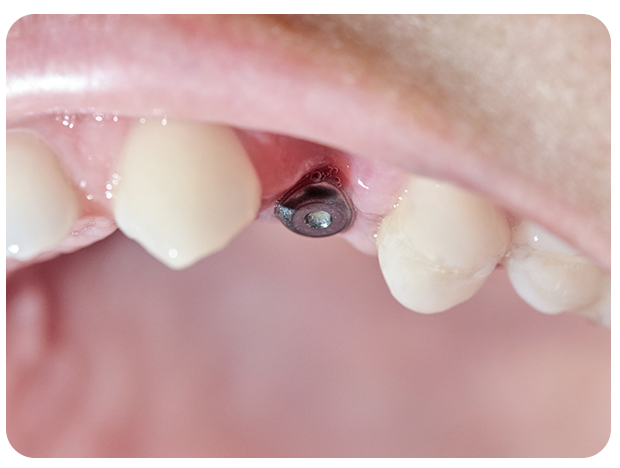
Who Is a Suitable Candidate for All-on-Six?
All-on-Six is ideal for individuals who have lost all of their teeth or need to have the remaining ones extracted. However, certain criteria must be met for successful treatment:
- Patient Profile:
- Completely edentulous patients or individuals requiring full tooth extraction.
- Patients with adequate bone volume for implant placement.
- Health Considerations:
- Individuals with controlled systemic conditions such as diabetes or hypertension.
- Patients who are willing to limit or stop smoking during the healing phase to promote successful osseointegration.
- Diagnostic Evaluation:
- A comprehensive oral examination is conducted, including panoramic X-rays and 3D imaging, to assess bone quality and determine implant suitability.
How Is the All-on-Six Procedure Performed?
The All-on-Six treatment is typically completed in multiple stages, though patients can often receive a temporary prosthesis on the same day. The process involves:
- Examination and Treatment Planning:
- The dentist performs a detailed assessment using panoramic X-rays and 3D scans to evaluate bone density and determine optimal implant placement.
- Implant Placement:
- Under local anesthesia or sedation, six titanium implants are surgically inserted into the jawbone.
- The implant positions are carefully planned to ensure strong support and long-term integration with the bone.
- Temporary Prosthesis:
- In many cases, a same-day temporary fixed prosthesis is attached, restoring immediate functionality and aesthetics.
- Final Prosthesis:
- After a healing period of approximately 3 to 4 months — during which osseointegration occurs — a custom-made permanent prosthesis is securely fitted.
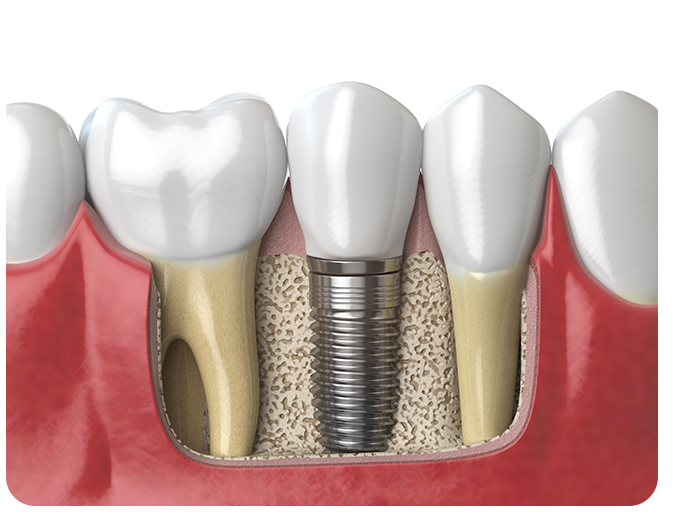
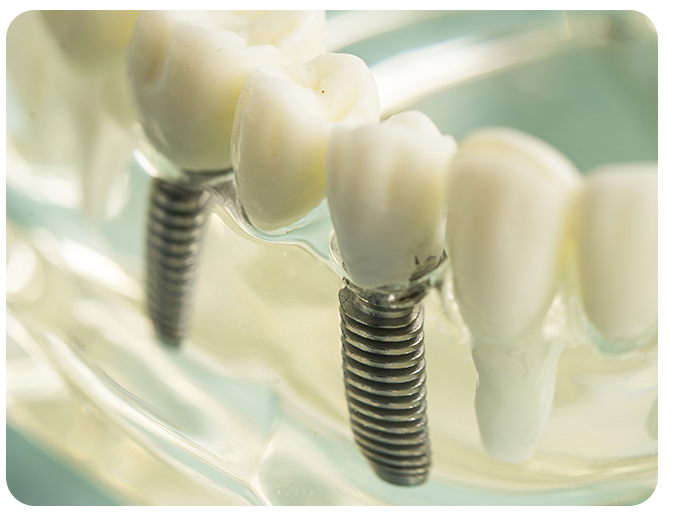
Advantages of the All-on-Six Technique
The All-on-Six technique provides numerous benefits for both patients and dental professionals:
- Enhanced Stability:
- Six implants provide increased support for the prosthesis, reducing the risk of movement or discomfort.
- Improved Chewing Function:
- Allows patients to enjoy a broader range of foods with confidence and comfort.
- Natural Look and Feel:
- The fixed prosthesis offers an appearance and sensation close to natural teeth, enhancing self-esteem and aesthetics.
- Bone Preservation:
- Implants help prevent further bone loss by stimulating the jawbone, maintaining facial structure.
- Long-Lasting Results:
- With proper care and hygiene, All-on-Six implants can last for many years or even a lifetime.
- Fewer Surgical Procedures:
- Often eliminates the need for complex procedures such as bone grafts or sinus lifts.
Post-Treatment Care and Considerations
To ensure the success of the All-on-Six treatment, patients should follow post-operative care instructions carefully:
- Dietary Guidelines:
- Stick to soft foods for the first few days after surgery to avoid pressure on the implants.
- Oral Hygiene:
- Maintain excellent oral hygiene by following your dentist’s cleaning recommendations and using any prescribed rinses or tools.
- Smoking Considerations:
- Avoid or significantly reduce smoking to promote proper healing and implant integration.
- Regular Dental Visits:
- Attend routine check-ups for professional monitoring, cleaning, and to ensure the long-term health of the implants and prosthesis.
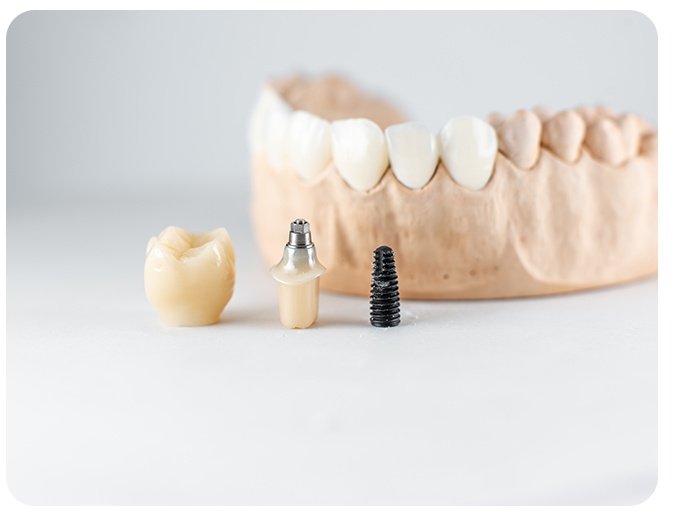

Smile with Confidence Thanks to All-on-Six
The All-on-Six technique is a game-changer for individuals suffering from full tooth loss. By offering strength, aesthetics, and comfort, it helps patients regain their ability to smile, speak, and eat confidently. If you're looking for a permanent solution to tooth loss, consult your dentist to see if the All-on-Six technique is the right choice for you.
Frequently Asked Questions
Common mistakes in tooth brushing can harm oral health. These include:
• Brushing too hard, leading to enamel wear and gum irritation
• Using a toothbrush with hard bristles
• Neglecting to brush for at least two minutes
• Overlooking the gumline and tongue
Correct Technique:
Use a soft-bristled toothbrush at a 45-degree angle to the gums. Apply gentle, circular
motions and avoid scrubbing aggressively. Ensure you brush all surfaces of the teeth,
including the back and chewing surfaces.
Missing teeth can lead to:
• Shifting of adjacent teeth, causing bite problems
• Bone loss in the jaw over time
• Speech difficulties and chewing inefficiency
• Psychological effects, such as lowered self-esteem
Timely replacement with suitable dental prostheses can prevent these complications.
Pregnancy can affect oral health due to hormonal changes, increasing the risk of: • Gum inflammation (pregnancy gingivitis) • Pregnancy tumors (harmless overgrowths on gums) • Enamel erosion from morning sickness Maintaining regular brushing, flossing, and safe dental check-ups during pregnancy is crucial for both mother and baby’s health.
Facts:
• Frequent sugar intake feeds bacteria in the mouth, producing acids that erode enamel
• Even natural sugars can contribute to decay if oral hygiene is poor
Myths:
• Only candy causes cavities—actually, starchy foods and sweetened drinks can be just
as harmful
• Brushing right after eating sweets prevents cavities—it's better to wait 30 minutes to
avoid brushing softened enamel
Zirconium crowns are durable, metal-free dental restorations made from zirconia, known
for:
• Exceptional strength and resistance to fractures
• Biocompatibility, reducing the risk of allergic reactions
• Natural-looking aesthetics due to their tooth-like translucency
• Longevity with proper oral care
These crowns are widely used for both front and back teeth, offering a combination of
aesthetics and durability.
